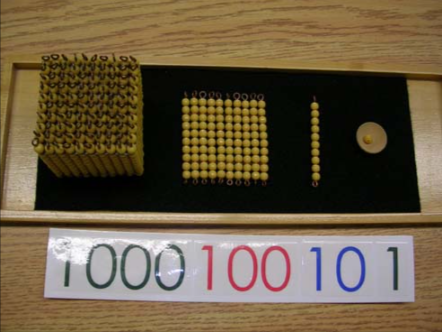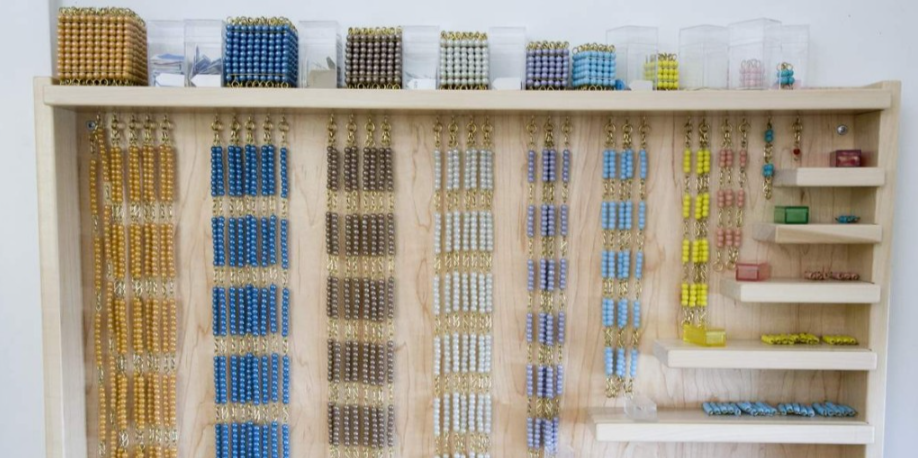
In school, I was OK in math and even (somewhat) enjoyed it; yet, I didn’t have any interest in taking anything more than the required classes in high school and when I did complicated operations I HAD to write out every single step or else I would get confused. There were many things I really didn’t understand about math – I just memorized the steps one is taught to go through to solve the problem. I would often have a hard time wrapping my mind around what I was supposed to do or why this or that happened because I didn’t fully understand the WHY behind it.
Take, for example, the relatively simple, yet seemingly complex, aspect of “borrowing” in subtraction. Am I the only one who was eternally confused by borrowing? I “got” how you were supposed to do it – you slash through this one little number and write this other number above it, then continue with the problem – but I didn’t know what it meant. Never did a teacher try to explain it to me; I was shown how to do it and then told to practice. Because I didn’t really understand what I was doing, I disliked any problem that involved borrowing and used a calculator as soon as we were “allowed” to.
Fast-forward to my AMI Montessori training. One morning, our trainer discussed the Golden Bead material which is used in Montessori classrooms to introduce children to math operations (addition, subtraction, multiplication, and division). Following the philosophy of always starting with the concrete, rather than the abstract, the Golden Bead material is a physical representation of numbers. There are single beads, representing units (1). Ten of these beads strung together in a straight line by a wire is called a ten-bar and represents a unit of 10. It literally has 10 beads on it. Take ten of these ten bars and string them together to form a square and you have a hundred-square (again, it literally contains 100 individual beads). Ten of these hundred squares wrapped together make up a thousand-cube.
As an aside here, isn’t it cool that the “square” of a number (10 squared = 100) is literally the shape of a square? And the “cube” of a number (10 cubed = 1,000) is, again, literally a cube? Why did no one point this out to me in school?

When our trainer introduced subtraction and borrowing, I cringed. He used the materials to work through the problem – I would write out the process here but that makes it seem long and complicated (which it isn’t!), so instead I urge you to find a Montessorian who can give you a lesson. It works much better in person and is fascinating. When he got to the borrowing part, he demonstrated and, more importantly, explained the process. It was like a light beamed down from the heavens. I got it. It finally made sense. In my defense, there was an audible “ooooh” of understanding in the room from all the trainees! Actually seeing the problem worked out with physical quantities made it much, much easier to understand.
That discovery was followed by many others as I worked with the Montessori math materials. It still amazes me how much I didn’t understand mathematics. As a student, I started doing math on paper with a pencil; in Montessori, the abstract process of math is the final step of a long series of exercises. To me, and most traditional school students, numbers on the page are just that – symbols we are taught how to manipulate. To Montessori students, those symbols represent very concrete ideas that they have physically manipulated; they fully understand what they mean, how they work, and why.
Do you know many people who enjoy math? How many people do you know who cringe when doing simple addition to a piece of paper? Math is probably the most despised school subject… and it is no wonder. If all children were to learn math using the Montessori materials, almost every one of them would at least understand, if not actually enjoy, it. Imagine what that could do for technology, industry, society, and our world!